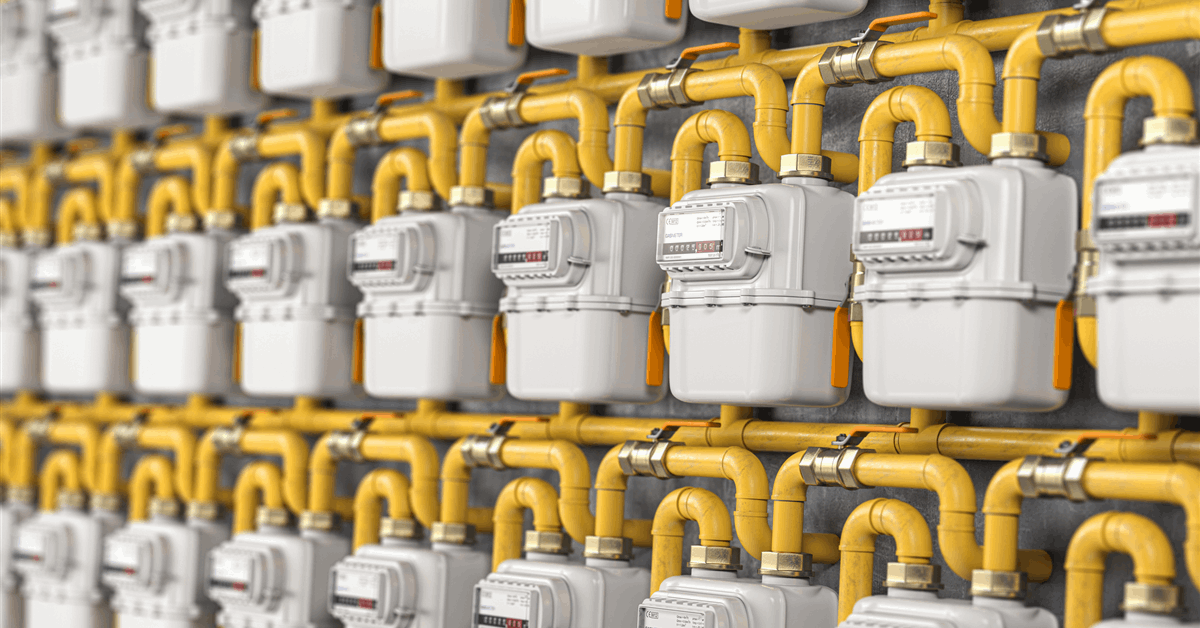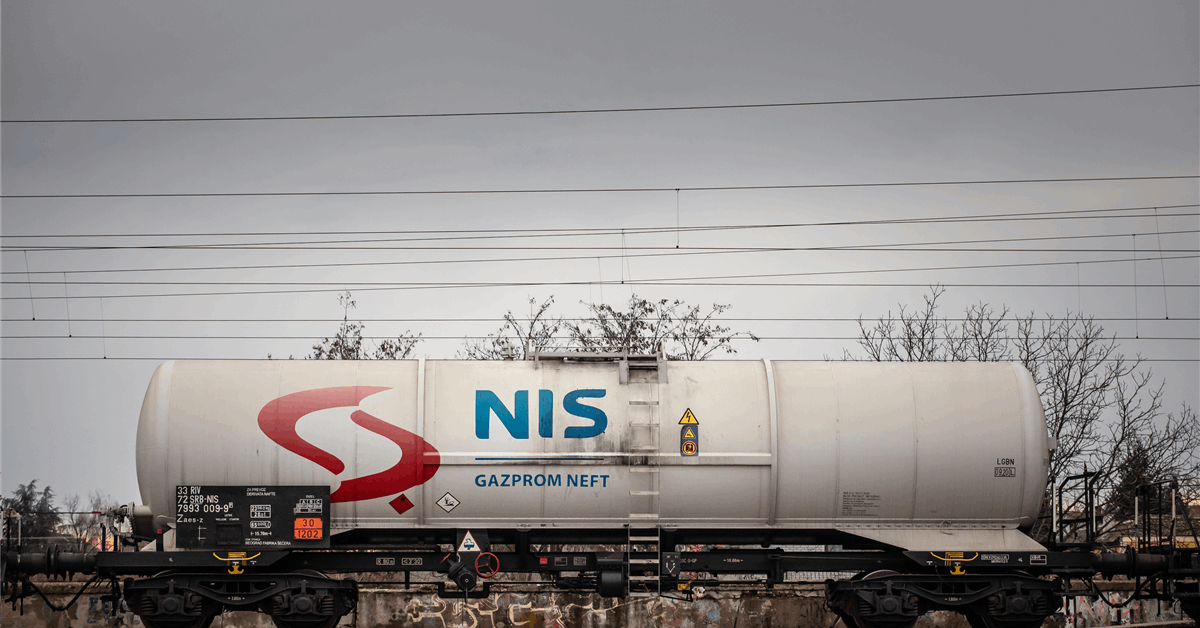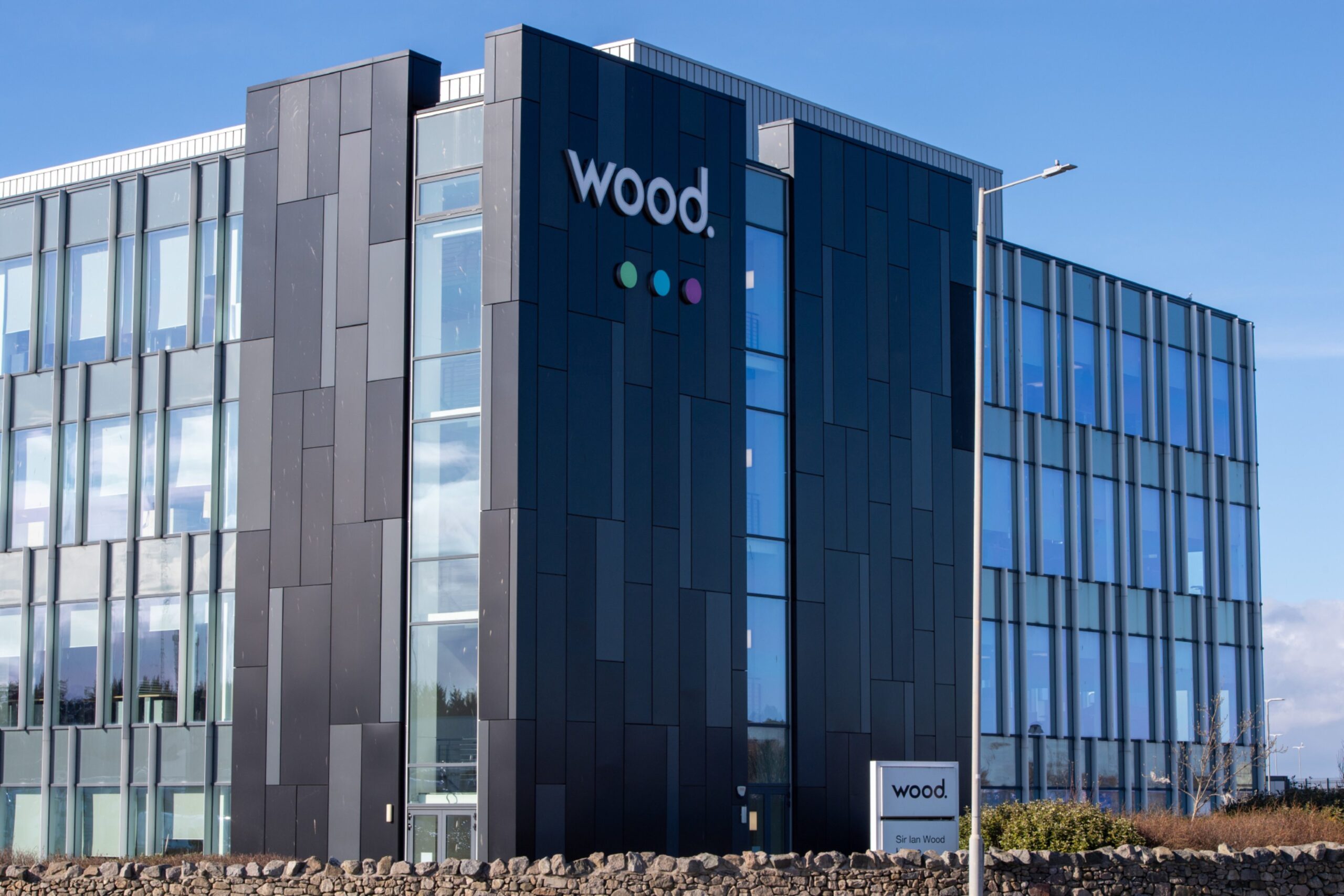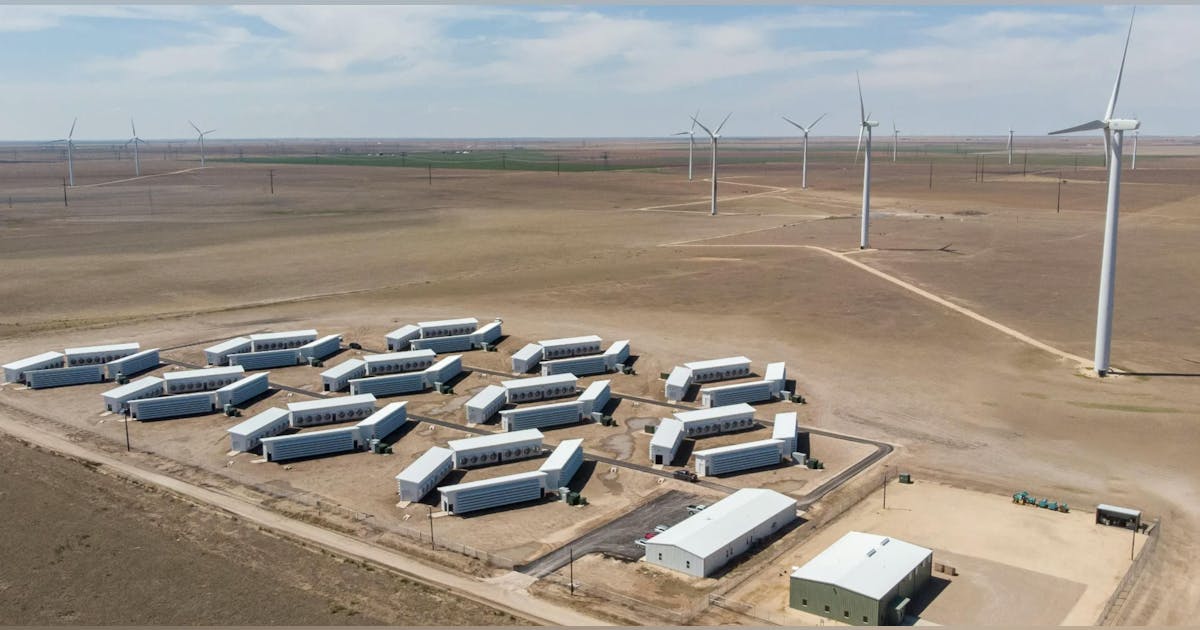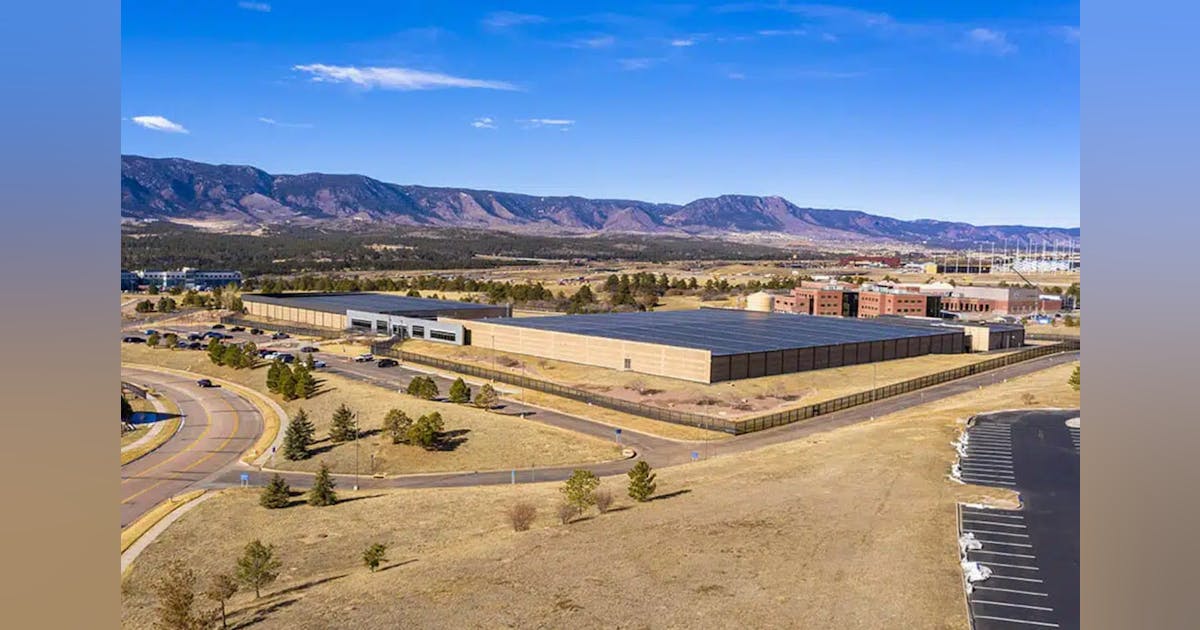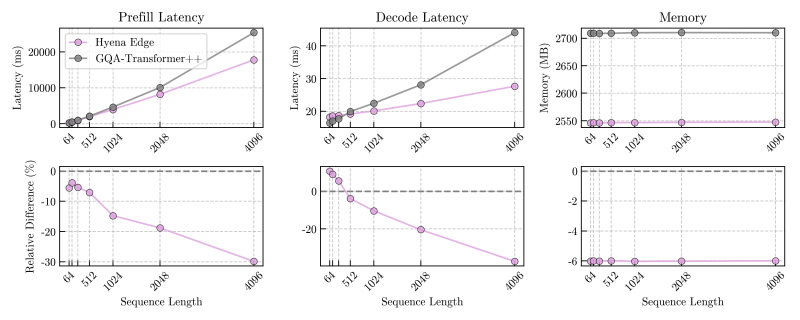
Iberdrola SA has announced the start of offshore construction in the East Anglia 3 wind farm on the United Kingdom side of the North Sea, saying an engineering feat has been achieved with the installation of a giant monopile.
Located about 69 kilometers (42.87 miles) from the Suffolk coast, the 1,400-megawatt (MW) project is expected to produce enough power for over 1.3 million homes, according to Scottish Power Ltd., Iberdrola’s unit in the UK. The project received consent August 2017. Onshore construction began July 2022.
On Friday the Spanish utility giant said, “The offshore construction program for ScottishPower’s biggest-ever renewables project is officially underway with the installation of the first foundation for the green energy company’s GBP 4 billion [$5.32 billion] East Anglia THREE offshore windfarm”.
“Standing at 83.89m [275.23 feet] tall, 10.6m in diameter and weighing 1,800 tonnes, the monopile also represents a new offshore wind industry record – becoming the largest installed to date from a jack-up vessel in Europe”, Iberdrola said in an online statement.
ScottishPower Renewables chief executive Charlie Jordan added, “We’re talking an incredible 1800 tonnes of steel, safely and securely lifted and then precisely placed in the exact spot in an area the size of almost 43,000 football pitches. We’ve never built anything of this scale before!”
The monopile was made by a joint venture of Spanish companies Navantia Seanergies and Windar Renovables. It was installed by the Seaway Ventus jack-up installation vessel, owned by Seaway7 ASA, a subsidiary of Luxembourg’s Subsea7 SA.
Seaway7 has been contracted to install the project’s 95 monopiles, each measuring 67-85 meters in length and up to 10.6 meters in diameter and weighing 1,200-1,800 metric tons. Iberdrola expects the monopile installation to be completed 2026. Seaway7 is also tasked with installing the transition pieces, manufactured by Windar.
Meanwhile Siemens Gamesa Renewable Energy SA, part of Germany’s Siemens Energy AG, will supply the project’s 95 turbines, each with a capacity of 14.7 MW.
Along with the first foundation, the first of the 95 transition pieces has also been installed. Each piece has 20 meters of height, 8 meters of diameter and more than 400 metric tons of weight.
“East Anglia THREE will be the biggest-ever windfarm across the whole of the Iberdrola group and the second-largest in the world when it comes into operation”, Jordan said.
In a separate press release Friday, Iberdrola said it had signed deals with Norfolk-based companies NR Marine Services Ltd. and OEG Offshore UK Ltd. for 3 additional vessels. NR Marine Services will provide 2 crew transport vessels and OEG will provide 1 support vessel for surveillance operations.
East Anglia 3 is part of the East Anglia Hub. East Anglia 2, with a planned capacity of 960 MW, is expected to begin construction 2027 and come online 2028. The 714-MW East Anglia 1 went onstream September 2019.
To contact the author, email [email protected]
What do you think? We’d love to hear from you, join the conversation on the
Rigzone Energy Network.
The Rigzone Energy Network is a new social experience created for you and all energy professionals to Speak Up about our industry, share knowledge, connect with peers and industry insiders and engage in a professional community that will empower your career in energy.
MORE FROM THIS AUTHOR





